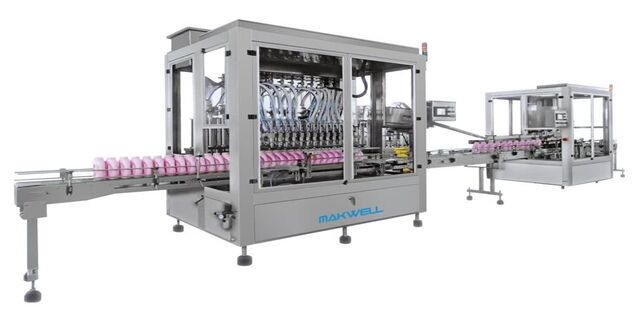How does a liquid filling machine work?

Liquid filling machinery varies greatly between productions, depending on the scale of the operation, the volume of the liquid, the receptacle into which the liquid is dispensed and of course, the viscosity of the product.

Liquid filling machines are convenient to use and easily managed by most operators. They are applied in the production of various liquid-based products such as beverages, shampoo, cosmetics and perfume.
How do they work?
Manual machines are often table-top and are fully controlled by the operator.
Automated machines – either fully automated or semi-automated – decrease the need for operator control and work via inputted settings for required volume, speed, and container type. After filling, they then move the product along to the next stage of the production line.
Gravity or syphon fillers work via a valve which opens to release the liquid and then closes again after an allocated time, determined by how much liquid is required per fill.
An overflow filler works by dispensing the liquid until it overflows, with a tray collecting the excess and feeding it back to the production line to prevent waste. This method ensures a consistent fill which is aesthetically pleasing with transparent packaging.

Pistol fillers work well for high-viscosity products and pastes. The product is drawn from the drum and injected into the container.
Sourcing equipment
A specialist liquid filling provider such as wyepak.co.uk/filling-packing-services/liquid-filling/ can offer advice and flexibility when sourcing equipment. They cover a wide range of products, anything from water-thin consistency to higher viscosities, and a variety of container and bottle sizes. Working with a provider ensures new project start up, shorter lead times, flexibility, and emergency cover.
Whatever liquid filling machine you choose, it is important to consider its compatibility with other linked equipment along the production line. Often a conveyor system is used to transport items between the required stages of filling, capping, and labelling. Ensuring compatibility guarantees that the production line remains consistent, reliable, and streamlined. An experienced liquid filling provider will be able to provide all the necessary expertise.










